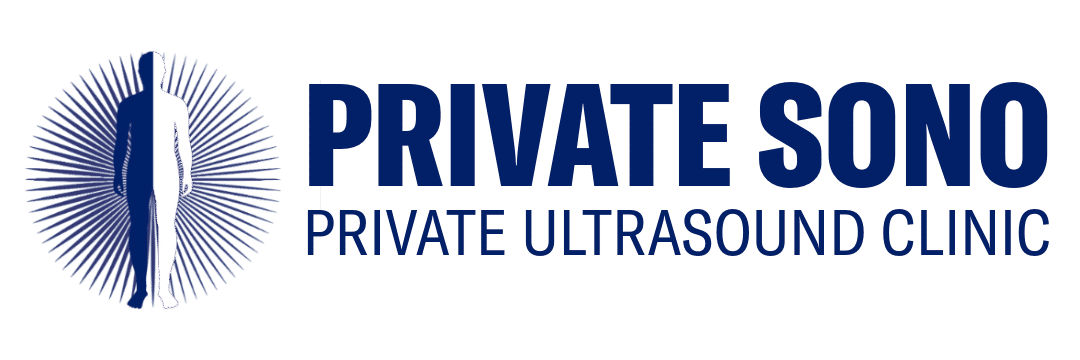Preparing for a Carotid Doppler Ultrasound Scan: What You Should Know
When it comes to maintaining our health, regular check-ups and diagnostic tests are crucial. One such test that may be recommended by your healthcare provider is a Carotid Doppler Ultrasound Scan. In this article, we will explore what a Carotid Doppler Ultrasound Scan is, why it is performed, and what you should know to prepare for this procedure.
Understanding Carotid Doppler Ultrasound Scan
A Carotid Doppler Ultrasound Scan is a non-invasive imaging technique that uses sound waves to examine the carotid arteries in the neck. These arteries supply blood to the brain, and any blockages or abnormalities in them can increase the risk of strokes. This test helps in detecting and evaluating these blockages or narrowings.
Importance of a Carotid Doppler Ultrasound Scan
A Carotid Doppler Ultrasound Scan plays a crucial role in identifying the presence of plaque buildup or blood clots within the carotid arteries. By detecting these blockages at an early stage, healthcare providers can initiate appropriate treatments to prevent strokes or other severe complications.
Preparing for a Carotid Doppler Ultrasound Scan
-
Consultation with your healthcare provider: Before scheduling a Carotid Doppler Ultrasound Scan, it is essential to have a consultation with your healthcare provider. They will review your medical history and any current medications you are taking. Additionally, they may advise you to temporarily stop certain medications that could interfere with the test results.
-
Fasting: In some cases, you may be required to fast for a specific period before the scan. This is usually done to ensure accurate results, especially if the test includes a Doppler evaluation of blood flow.
-
Clothing: It is advisable to wear loose and comfortable clothing on the day of the scan. Avoid wearing accessories like necklaces or earrings, as they may interfere with the scan.
-
Duration: The duration of a Carotid Doppler Ultrasound Scan is typically around 30 minutes. However, it may vary depending on the complexity of the scan and individual factors.
-
Inform the technician: Inform the ultrasound technician about any pre-existing medical conditions, such as allergies or difficulties lying flat on your back. This information helps them ensure your comfort and safety during the procedure.
-
Relax and follow instructions: During the scan, you will be asked to lie down on an examination table. The technician will apply a gel on your neck and use a handheld device called a transducer to capture images of your carotid arteries. It is essential to remain still and follow the technician’s instructions to obtain clear and accurate images.
Conclusion
In conclusion, a Carotid Doppler Ultrasound Scan is a valuable diagnostic tool that aids in the early detection of blockages or narrowing in the carotid arteries. By adhering to the preparation guidelines provided by your healthcare provider, you can ensure a smooth and thorough examination. Remember, early detection and intervention are crucial in preventing strokes and maintaining your overall well-being.
Meta Tag Keywords: Carotid Doppler Ultrasound Scan, Carotid Arteries, Non-invasive Imaging Technique, Plaque Buildup, Blood Clots, Prevent Strokes
Meta Titles:
- Carotid Doppler Ultrasound Scan: A Non-Invasive Diagnostic Tool
- Understanding Carotid Arteries and Doppler Ultrasound Scans
- How to Prepare for a Carotid Doppler Ultrasound Scan
- Importance of Early Detection: Carotid Doppler Ultrasound Scan
- Preventing Strokes: The Role of Carotid Doppler Ultrasound

